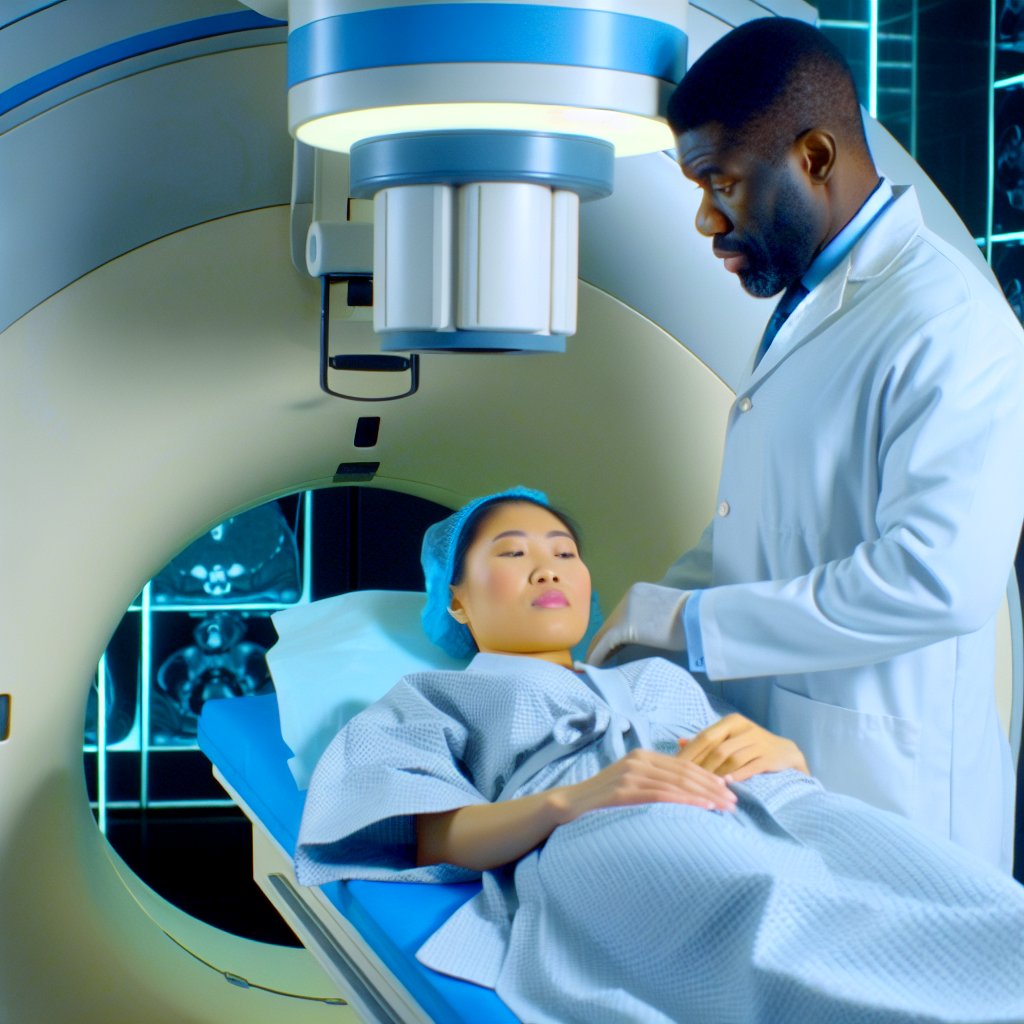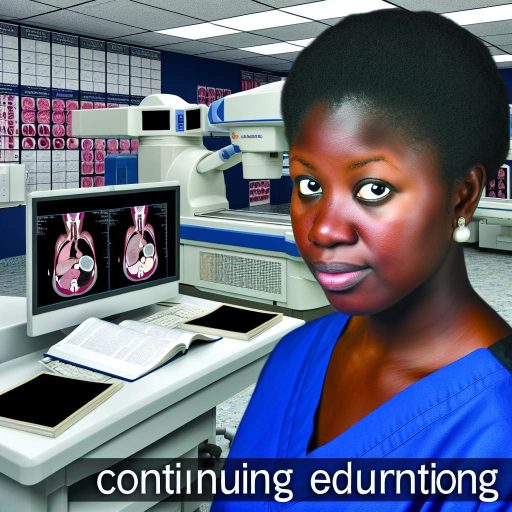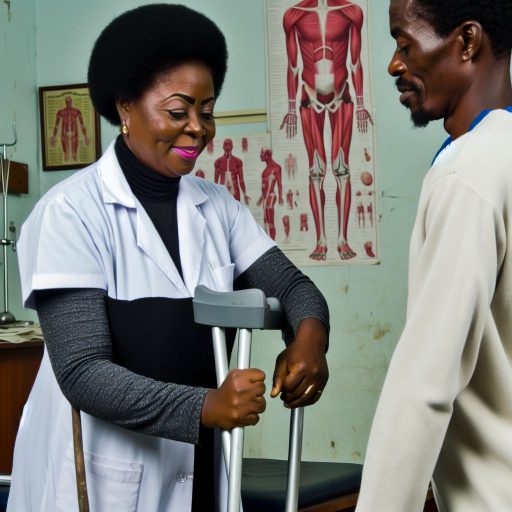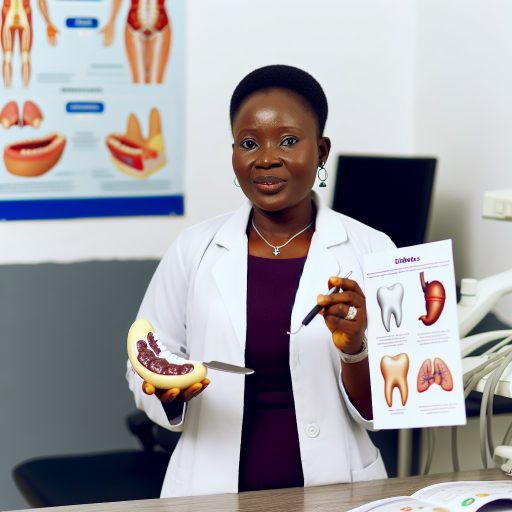Introduction:
Effective patient interaction is vital in radiological sciences.
This enhances overall quality of care.
Positive patient interaction can significantly impact the patient’s experience.
It also affects their satisfaction levels.
Establishing rapport with patients:
Establishing rapport with patients in the radiology department is crucial for providing high-quality care and ensuring positive outcomes.
Building trust and rapport helps patients feel more comfortable and confident in their interactions with healthcare providers.
Importance of building trust and rapport with patients:
- Builds a foundation of trust and mutual respect
- Increases patient compliance and cooperation
- Enhances patient satisfaction and overall experience
- Improves communication and information exchange
Tips for creating a comfortable and welcoming environment in the radiology department:
- Greet patients warmly and with a smile
- Introduce yourself and explain your role in their care
- Offer reassurance and support throughout the process
- Ensure the physical environment is clean and inviting
- Personalize care by addressing patients by name
Communication strategies to help patients feel at ease:
- Use clear and simple language to explain procedures
- Provide information about what to expect during the visit
- Encourage patients to ask questions and express concerns
- Listen actively and attentively to patient needs and preferences
- Seek feedback to improve patient experience and satisfaction
By implementing these patient interaction tips in the radiology department, healthcare providers can enhance patient care and satisfaction, ultimately leading to better outcomes and positive experiences for patients.
Effective Communication Techniques
Communication is a key component in the field of radiological sciences.
It allows for a deeper connection with patients.
Here are some tips on how to improve your communication skills:
Importance of Clear and Concise Communication with Patients
- Clearly explaining procedures and results helps patients understand their condition.
- Avoiding medical jargon and using layman’s terms can make information more accessible.
- Patients appreciate when information is delivered in a straightforward and easy-to-understand manner.
Tips for Explaining Procedures and Addressing Patient Concerns
- Before starting a procedure, walk the patient through each step to alleviate anxiety.
- Encourage patients to ask questions and express any concerns they may have.
- Listen attentively to their concerns and provide reassurance whenever necessary.
Strategies for Active Listening and Showing Empathy Towards Patients
- Practice active listening by maintaining eye contact and nodding to show understanding.
- Empathize with patients by acknowledging their emotions and validating their experiences.
- Offering support and reassurance can help calm anxious patients and build trust.
By implementing these communication techniques, radiological professionals can enhance their patient interactions.
They can provide a more holistic and compassionate approach to care.
Gain More Insights: Biomedical Technology and Disease Management Nigeria
Managing patient anxiety:
Recognizing signs of anxiety in patients undergoing radiological procedures.
As a radiological technologist, it is essential to be able to identify signs of anxiety in patients.
Common signs include restlessness, increased heart rate, sweating, and difficulty communicating.
Techniques for calming anxious patients and providing emotional support.
One effective technique is to maintain a calm and reassuring demeanor while explaining the procedure in simple terms.
Providing a comfortable environment with soothing music or imagery can also help reduce anxiety.
Importance of addressing fears and concerns to improve patient experience.
By acknowledging and addressing the fears and concerns of patients, you can build trust and rapport.
This can lead to a more positive experience for the patient and improve overall satisfaction with the care they receive.
Find Out More: Innovations in Nigerian Anaesthesiology
Respecting Patient Privacy and Dignity:
Importance of upholding patient confidentiality and respecting their privacy.
- Patients trust healthcare providers with sensitive information, so respecting confidentiality is crucial.
- Confidentiality breaches erode trust and may lead to legal consequences.
- Always obtain consent before discussing or sharing any patient information.
- Avoid discussing patient details in public areas where others can overhear.
Tips for maintaining patient dignity during procedures:
- Explain procedures clearly and involve the patient in decision-making if possible.
- Provide appropriate draping and ensure the patient feels comfortable and covered during exams.
- Always ask for permission before touching the patient, especially in sensitive areas.
- Respect cultural and personal boundaries when interacting with patients.
Creating a professional and respectful environment for patient interactions:
- Greet patients warmly and introduce yourself to establish rapport and build trust.
- Listen actively to patients’ concerns and address them with empathy and respect.
- Use clear and simple language to explain procedures and results to patients.
- Encourage questions and provide honest and transparent answers to alleviate any fears or concerns.
Respecting patient privacy and dignity is a fundamental aspect of providing quality healthcare.
Upholding confidentiality, maintaining dignity during procedures, and creating a professional environment for patient interactions are essential components of building trust.
By following these tips, radiological professionals can ensure that patients feel respected, valued, and cared for throughout their healthcare journey.
Learn More: Prosthesis Innovations and Advances in Nigeria

Handling difficult situations:
Dealing with challenging patients or situations in radiological sciences can be tough.
It is crucial to remain calm and professional in stressful situations to maintain the quality of patient care.
Here are some strategies for handling difficult situations effectively:
Active listening:
Listen attentively to the patient’s concerns and show empathy towards their situation.
Acknowledge their feelings and let them know that you understand their perspective.
Communication skills:
Clearly communicate with the patient about their diagnosis, treatment plan, and any potential risks involved.
Use simple and jargon-free language to ensure that the patient understands the information being provided.
Patience and understanding:
Be patient with the patient, especially if they are anxious or scared about the procedure.
Show understanding towards their fears and address any questions or doubts they may have.
Empathy and compassion:
Show empathy towards the patient’s situation and demonstrate compassion in your interactions with them.
Transform Your Career with Expert Guidance
Get personalized mentorship consulting that’s tailored to your unique path. Our expert advice is actionable and exclusive.
Get StartedUnderstand that the patient may be feeling vulnerable and try to provide them with reassurance and support.
Conflict resolution:
If conflicts arise, try to address them calmly and professionally to find a resolution that satisfies both parties.
Avoid escalating the situation further by remaining calm and diplomatic in your approach.
Managing patient dissatisfaction:
If a patient is dissatisfied with their care, listen to their feedback and take it seriously.
Apologize if necessary and try to address their concerns to improve their experience in the future.
Seeking support:
If you are feeling overwhelmed or stressed, don’t hesitate to seek support from colleagues or supervisors.
Taking care of your mental well-being is important to ensure that you can continue to provide quality care to your patients.
Discover More: Preventive Dentistry: Regular Check-ups Matter
Importance of Patient Interaction in Radiology
It is crucial to understand the significance of patient interaction in radiological sciences.
Positive patient interactions have a direct impact on patient outcomes.
The overall quality of care provided in radiology departments is influenced by these interactions.
The way radiology professionals communicate and engage with patients can greatly influence their experience.
Improving patient satisfaction is pivotal in healthcare.
Radiology professionals should prioritize patient-centered care and effective communication.
They must ensure that patients feel heard, respected, and well-cared for during their diagnostic imaging procedures.
By fostering positive relationships with patients, radiology professionals can improve patient outcomes.
This also enhances the overall quality of care provided.
A more positive healthcare experience can be created for all individuals involved.
Additional Resources
Acromioclavicular Joint Space Size in a Nigerian Patient cohort




